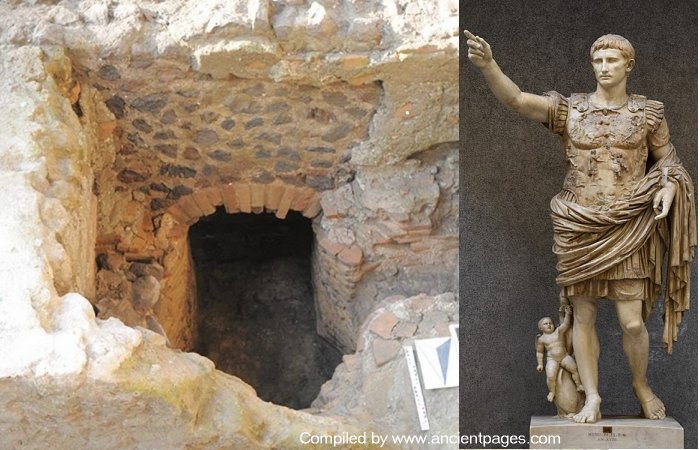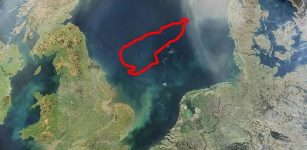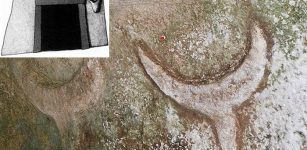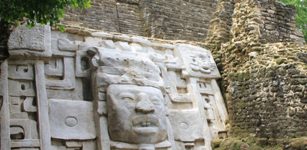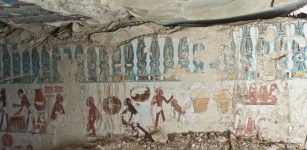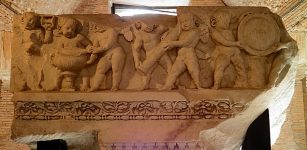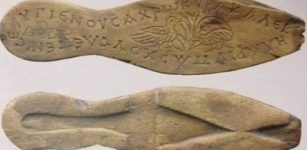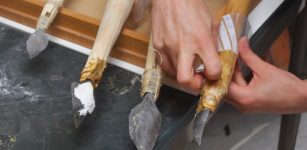Lost Villa Of First Roman Emperor Augustus Found At Somma Vesuviana In Southern Italy
Jan Bartek - AncientPages.com - Archaeologists excavating at the Somma Vesuviana site on the northern slopes of Mount Vesuvius in southern Italy have unearthed ruins of what appears to be the lost villa of the first Roman Emperor (63 B.C.—14 A.D.).
Left: Japanese archaeologists found a structure that is thought to be the villa of Emperor Augustus. Credit: UT Project Somma Vesuviana / University of Tokyo - Right: Statue of Emperor Augustus. Credit: Joel Bellviure - CC BY-SA 4.0 - Image compilation by AncientPages.com
According to historical accounts such as Tacitus and Suetonius, Augustus passed away at his villa northeast of Mount Vesuvius. In recognition of his accomplishments, a memorial was subsequently erected at this location. Despite these records, the precise location of the villa remains unidentified to this day.
The recent archaeological excavations carried out by the University of Tokyo may shed new light on this story. Led by Professor Mariko Muramatsu, who has been conducting excavations at the site of the ancient city of Somma Vesuviana in Stalza della Regina, in the Campania region, since 2002, the team discovered a section of a structure believed to have been used as a warehouse. Numerous amphora ceramic containers were neatly arranged along one structure wall.
In addition, archaeologists unearthed what appears to be remnants of an ancient furnace, presumably used for heating baths. A portion of the wall had collapsed over time, scattering old roof tiles across the floor.
Archaeological excavations of Augustus' villa at Somma Vesuviana. Credit: UT Project Somma Vesuviana / University of Tokyo
The researchers gained significant knowledge about the volcanic rock covering a particular structure by applying scientific techniques such as radiocarbon dating and physicochemical analysis. These methodologies have verified that this building was in use during the first half of the 1st century AD. Additionally, it has been determined that its existence was abruptly terminated due to the devastating eruption of Mount Vesuvius in 79 AD.
Ceramics found in the villa. Credit: UT Project Somma Vesuviana / University of Tokyo
The eruption was the same one that devasted Pompeii, located on the mountain's southern flank. The research team concluded that this villa was not further utilized following Augustus's death, as there were no indications of subsequent occupation or use.
"Although the building of Emperor Augustus was devastated by the eruption, a new building was constructed in the mid-2nd century using parts of the building that were thought to be still exposed above the ground. The southern region around Mount Vesuvius, including Pompeii, was covered in volcanic deposits several meters thick and was not reconstructed until the late Middle Ages.
See also: More Archaeology News
However, through research at Somma Vesuviana, located at the northern foot of the mountain, we could clarify for the first time the process from disaster to recovery during the Roman era.
This will provide a clue to solving the problem of coexistence between natural disasters and humans in the modern era, where large-scale natural disasters occur frequently," the scientists write in their press release.
Written by Jan Bartek - AncientPages.com Staff Writer

